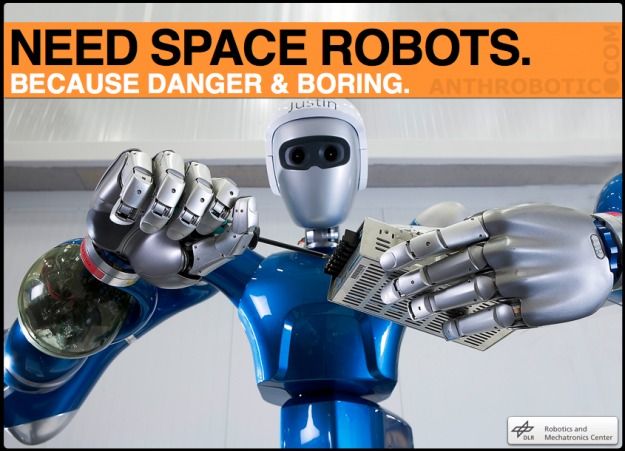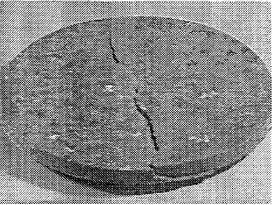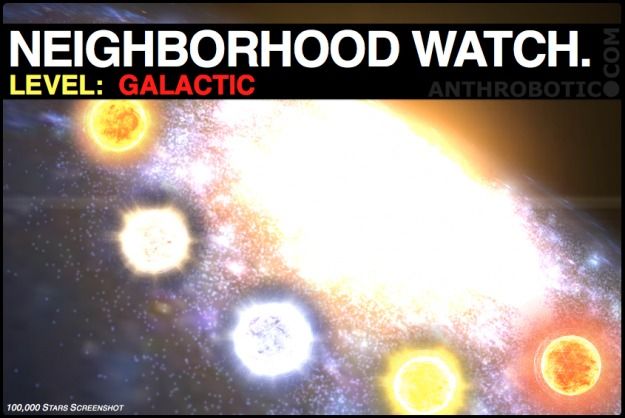In 2014, I submitted my paper “A Universal Approach to Forces” to the journal Foundations of Physics. The 1999 Noble Laureate, Prof. Gerardus ‘t Hooft, editor of this journal, had suggested that I submit this paper to the journal Physics Essays.
My previous 2009 submission “Gravitational acceleration without mass and noninertia fields” to Physics Essays, had taken 1.5 years to review and be accepted. Therefore, I decided against Prof. Gerardus ‘t Hooft’s recommendation as I estimated that the entire 6 papers (now published as Super Physics for Super Technologies) would take up to 10 years and/or $20,000 to publish in peer reviewed journals.
Prof. Gerardus ‘t Hooft had brought up something interesting in his 2008 paper “A locally finite model for gravity” that “… absence of matter now no longer guarantees local flatness…” meaning that accelerations can be present in spacetime without the presence of mass. Wow! Isn’t this a precursor to propulsion physics, or the ability to modify spacetime without the use of mass?
As far as I could determine, he didn’t pursue this from the perspective of propulsion physics. A year earlier in 2007, I had just discovered the massless formula for gravitational acceleration g=τc^2, published in the Physics Essays paper referred above. In effect, g=τc^2 was the mathematical solution to Prof. Gerardus ‘t Hooft’s “… absence of matter now no longer guarantees local flatness…”
Prof. Gerardus ‘t Hooft used string theory to arrive at his inference. Could he empirically prove it? No, not with strings. It took a different approach, numerical modeling within the context of Einstein’s Special Theory of Relativity (STR) to derive a mathematic solution to Prof. Gerardus ‘t Hooft’s inference.
In 2013, I attended Dr. Brian Greens’s Gamow Memorial Lecture, held at the University of Colorado Boulder. If I had heard him correctly, the number of strings or string states being discovered has been increasing, and were now in the 10500 range.
I find these two encounters telling. While not rigorously proved, I infer that (i) string theories are unable to take us down a path the can be empirically proven, and (ii) they are opened ended i.e. they can be used to propose any specific set of outcomes based on any specific set of inputs. The problem with this is that you now have to find a theory for why a specific set of inputs. I would have thought that this would be heartbreaking for theoretical physicists.
In 2013, I presented the paper “Empirical Evidence Suggest A Need For A Different Gravitational Theory,” at the American Physical Society’s April conference held in Denver, CO. There I met some young physicists and asked them about working on gravity modification. One of them summarized it very well, “Do you want me to commit career suicide?” This explains why many of our young physicists continue to seek employment in the field of string theories where unfortunately, the hope of empirically testable findings, i.e. winning the Noble Prize, are next to nothing.
I think string theories are wrong.
Two transformations or contractions are present with motion, Lorentz-FitzGerald Transformation (LFT) in linear motion and Newtonian Gravitational Transformations (NGT) in gravitational fields.
The fundamental assumption or axiom of strings is that they expand when their energy (velocity) increases. This axiom (let’s name it the Tidal Axiom) appears to have its origins in tidal gravity attributed to Prof. Roger Penrose. That is, macro bodies elongate as the body falls into a gravitational field. To be consistent with NGT the atoms and elementary particles would contract in the direction of this fall. However, to be consistent with tidal gravity’s elongation, the distances between atoms in this macro body would increase at a rate consistent with the acceleration and velocities experienced by the various parts of this macro body. That is, as the atoms get flatter, the distances apart get longer. Therefore, for a string to be consistent with LFT and NGT it would have to contract, not expand. One suspects that this Tidal Axiom’s inconsistency with LFT and NGT has led to an explosion of string theories, each trying to explain Nature with no joy. See my peer-reviewed 2013 paper New Evidence, Conditions, Instruments & Experiments for Gravitational Theories published in the Journal of Modern Physics, for more.
The vindication of this contraction is the discovery of the massless formula for gravitational acceleration g=τc^2 using Newtonian Gravitational Transformations (NGT) to contract an elementary particle in a gravitational field. Neither quantum nor string theories have been able to achieve this, as quantum theories require point-like inelastic particles, while strings expand.
What worries me is that it takes about 70 to 100 years for a theory to evolve into commercially viable consumer products. Laser are good examples. So, if we are tying up our brightest scientific minds with theories that cannot lead to empirical validations, can we be the primary technological superpower a 100 years from now?
The massless formula for gravitational acceleration g=τc^2, shows us that new theories on gravity and force fields will be similar to General Relativity, which is only a gravity theory. The mass source in these new theories will be replaced by field and particle motions, not mass or momentum exchange. See my Journal of Modern Physics paper referred above on how to approach this and Super Physics for Super Technologies on how to accomplish this.
Therefore, given that the primary axiom, the Tidal Axiom, of string theories is incorrect it is vital that we recognize that any mathematical work derived from string theories is invalidated. And given that string theories are particle based theories, this mathematical work is not transferable to the new relativity type force field theories.
I forecast that both string and quantum gravity theories will be dead by 2017.
When I was seeking funding for my work, I looked at the Broad Agency Announcements (BAAs) for a category that includes gravity modification or interstellar propulsion. To my surprise, I could not find this category in any of our research organizations, including DARPA, NASA, National Science Foundation (NSF), Air Force Research Lab, Naval Research Lab, Sandia National Lab or the Missile Defense Agency.
So what are we going to do when our young graduates do not want to or cannot be employed in string theory disciplines?
(Originally published in the Huffington Post)





